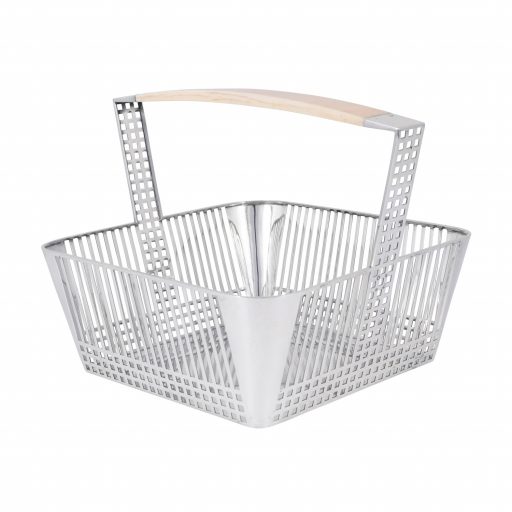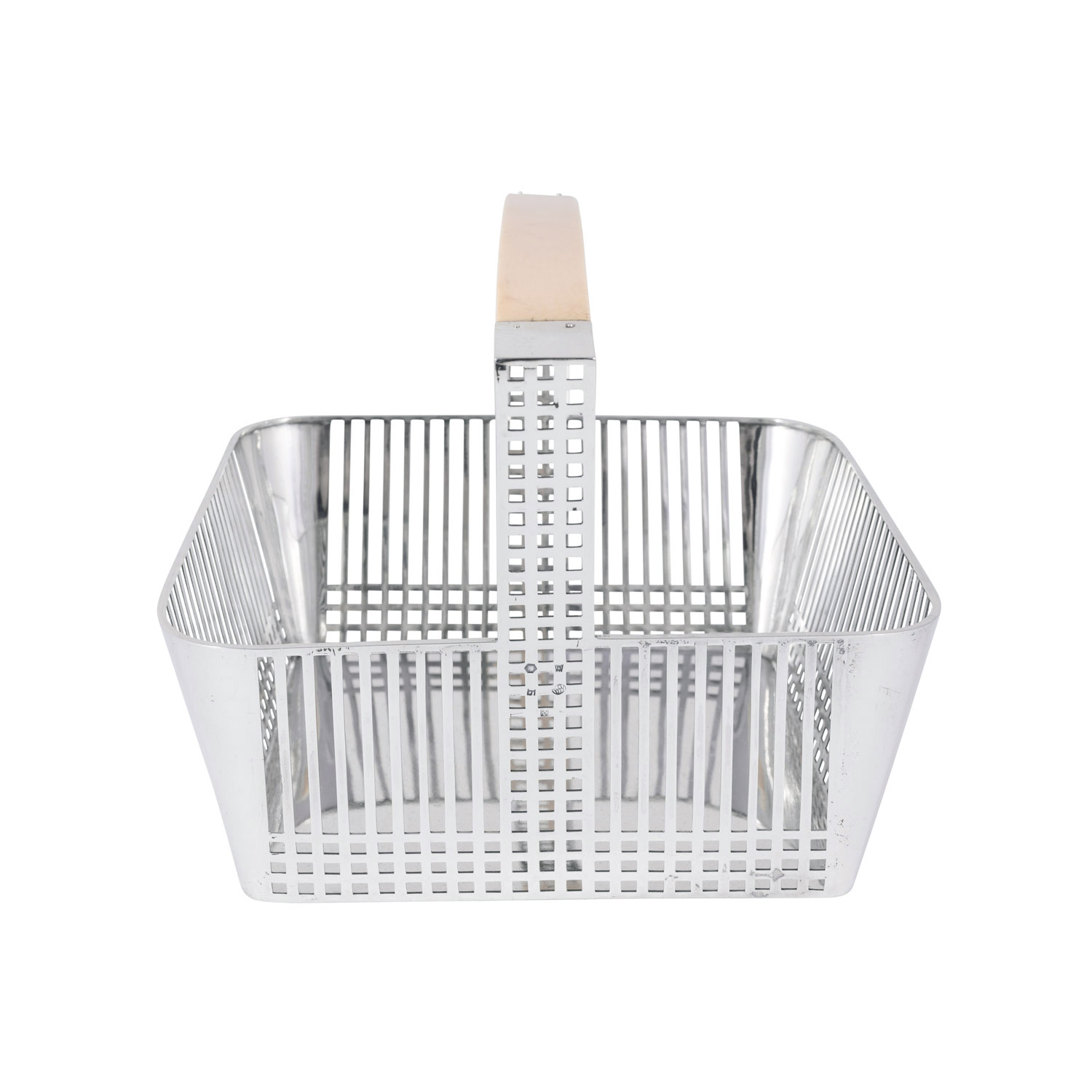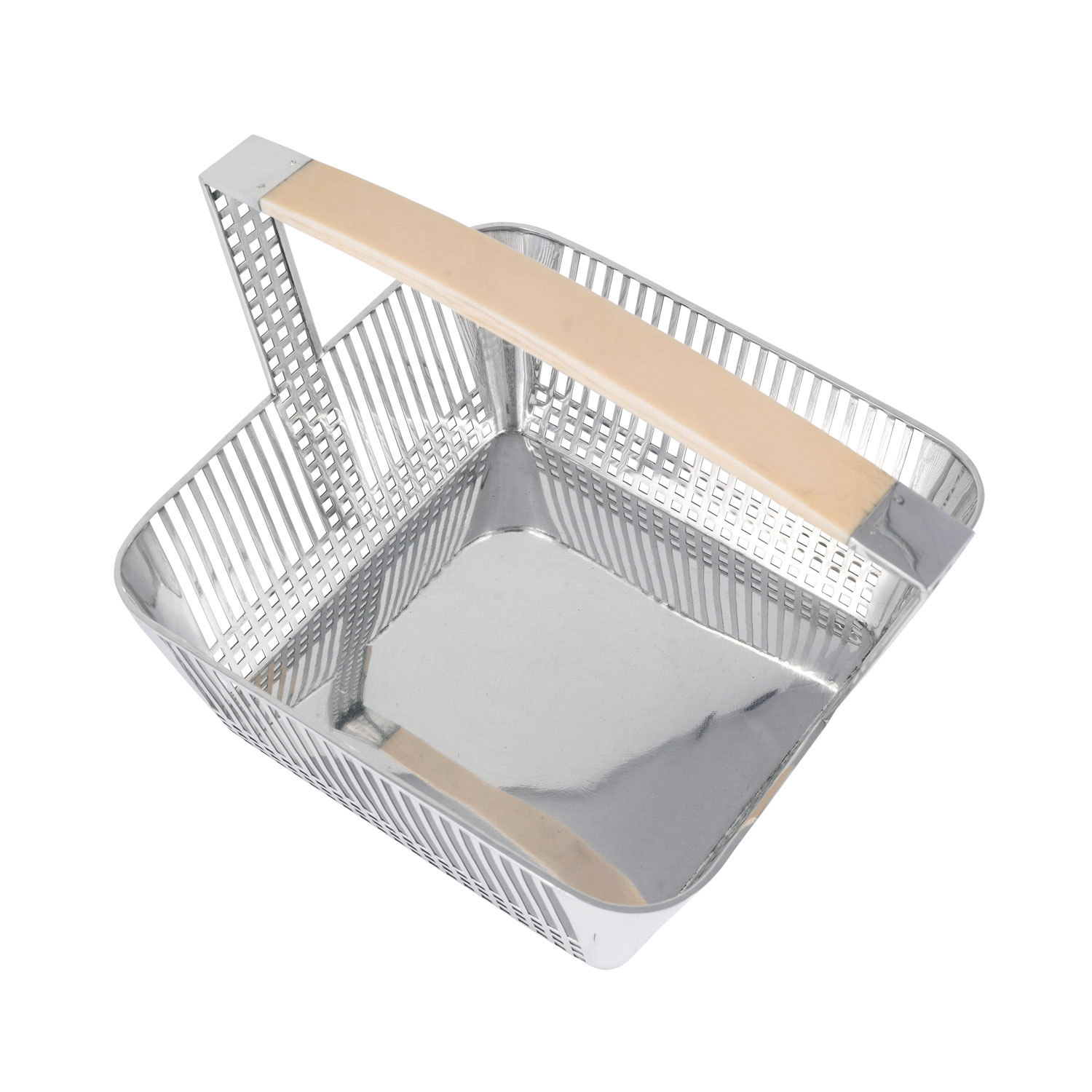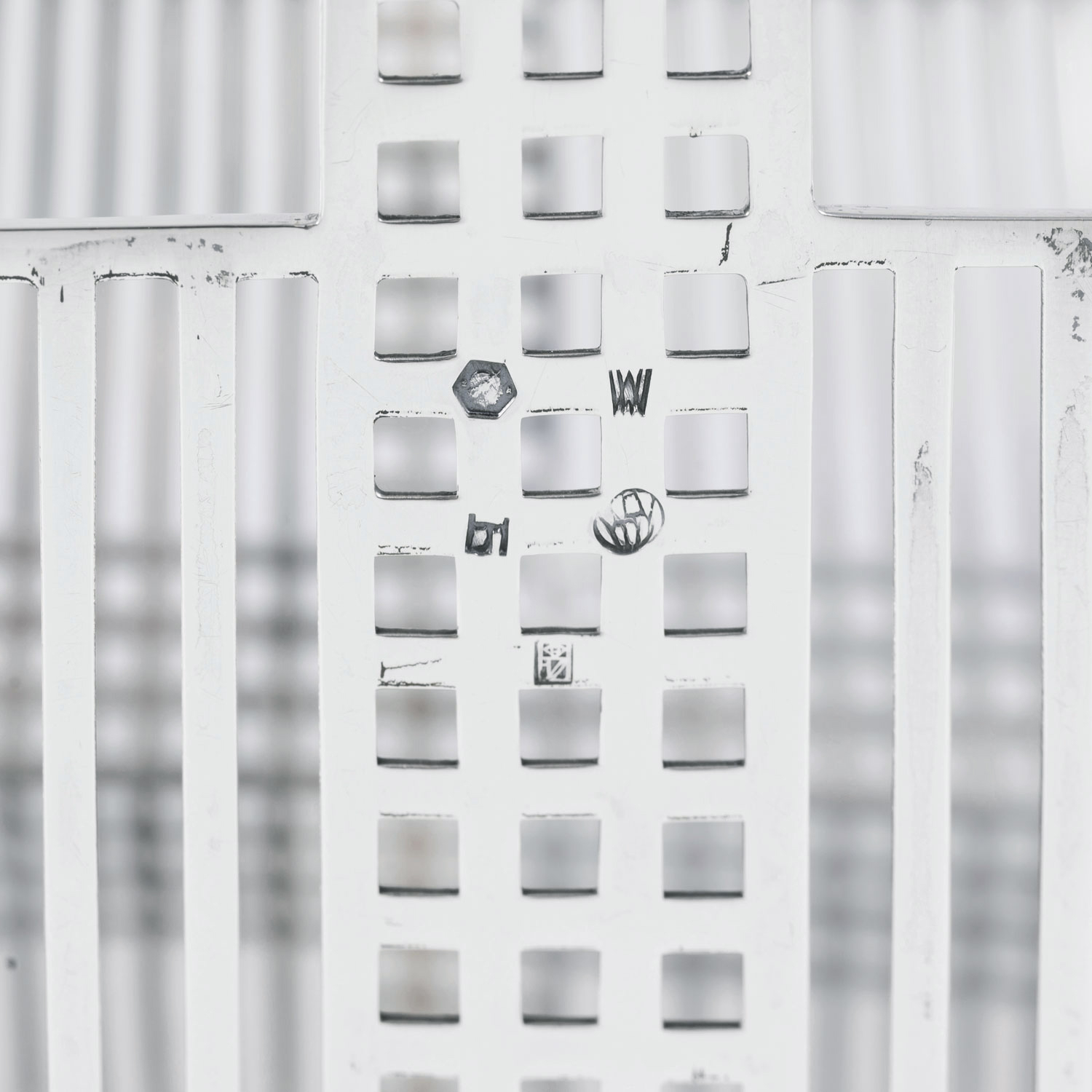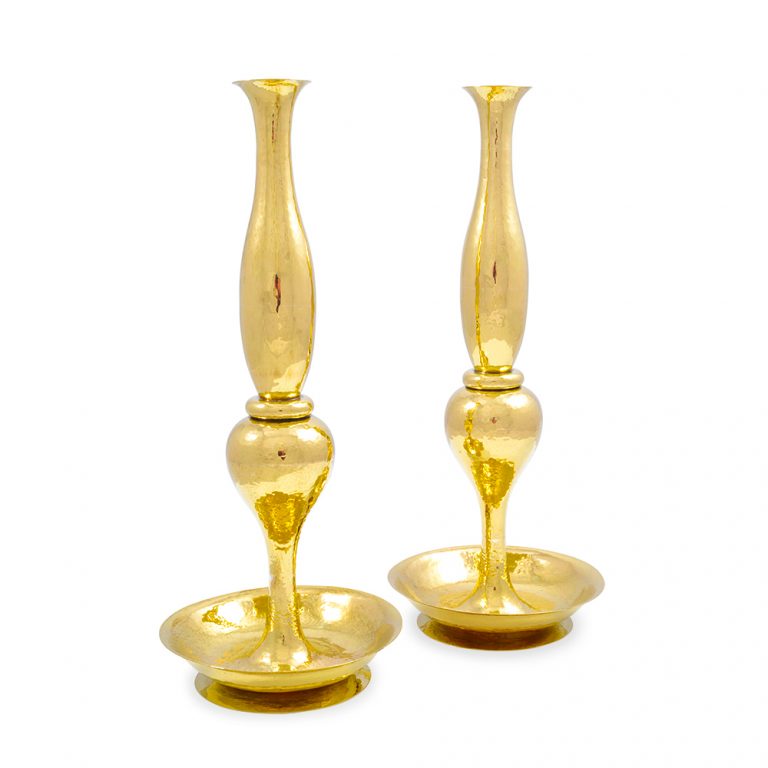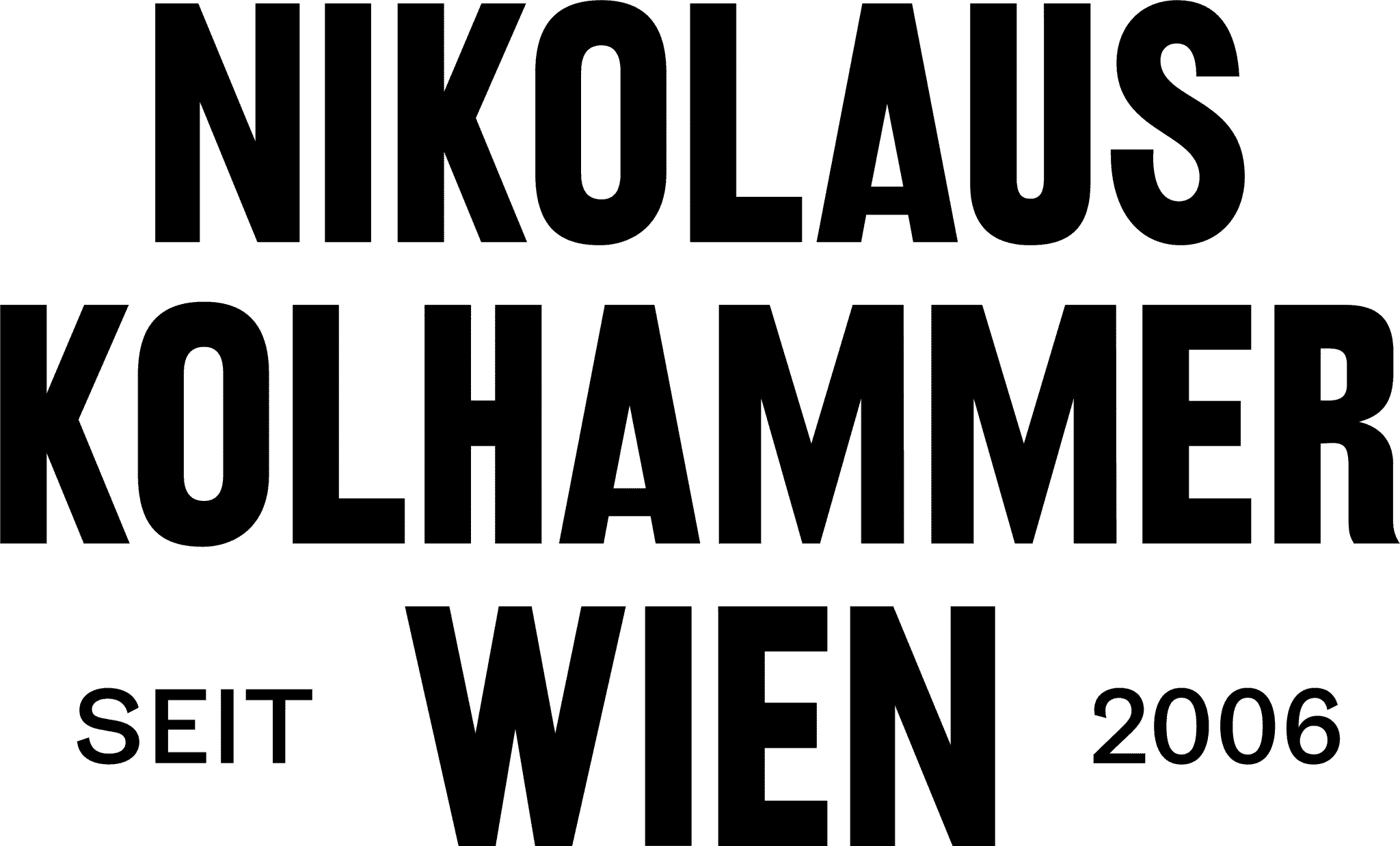Silver basket Josef Hoffmann Wiener Werkstatte ca. 1905
Silver basket with ivory handle, design Josef Hoffmann, manufactured by Wiener Werkstatte, ca. 1905, silver and ivory, marked
Marked with manufacture signet “Rose mark”, “WW” for Wiener Werkstatte, artist’s monogram “JH”, monogram of the executing silver smith “AW” in the circle for Adolf Wertnik and hall mark “Dianakopf” bib.: Archive of the Wiener Werkstatte at MAK Vienna, “Körbchen” (basket) mod. no. S 509, original draft inv. no. KI 12033-42, original photograph inv. no. WWF 93-18-4; comp. Renée Price, Wilfried Seipel (eds.), Wiener Silber. Modernes Design 1780 – 1918, exhibition catalogue Neue Galerie New York and KHM Vienna, Hatje Cantz publ., Ostfildern-Ruit 2003, p. 323
Out of stock
Description
The grid ornament or “Gitterwerk” applied on this basket is one of best-known design elements by Viennese architect Josef Hoffmann. He presumably designed this special decor back in the period of his artistic exchange with Charles Rennie Mackintosh, even before the founding of the Wiener Werkstatte in 1903. In the second half of the 19th century, European art was strongly influenced by Japanese woodblock prints. For both artists Mackintosh and Hoffmann, this Japanese artform was a source of inspiration. Hoffmann got the idea of the grid ornament from the detail of a colored woodcut. Up to present days, the geometric ornamentation stands for the brilliancy Hoffmann`s and in this piece his timeless modern signature is already clearly recognizable. A strong reduction and almost austere design make this basket one of the most iconic objects Hoffmann created in his early years. The workmanship with its folded rim, impeccably executed grid ornament in openwork technique, and elegantly carved ivory handle, testifies to the highest quality standards of the Wiener Werkstatte.
Artist
Josef Hoffmann (Brtnice 1870 - 1956 Vienna), co-founder of the Viennese Secession and of the Wiener Werkstätte, was an extremely productive and versatile architect and designer. Throughout his career he experimented with various forms, techniques and materials. In his designs, he was striving for a strong reduction of the form to the essential and was a pioneer of geometric Jugendstil. This is how his characteristic geometric style was established. The scope of his designs ranges from buildings and entire interiors, following the concept of the “Gesamtkunstwerk” (total work of art), all the way to small details of everyday life. One of his most significant works is the Palais Stoclet in Brussels, a Gesamtkunstwerk which he executed for a wealthy entrepreneur between 1905 and 1911 in collaboration with, among others, Gustav Klimt and Koloman Moser.
Execution
Wiener Werkstatte 1903 - 1932 The Wiener Werkstatte was a production community founded on the model of the Arts and Crafts movement, which aimed to provide a platform for artistically designed and high quality crafts. Or, as G. Fahr-Becker puts it "...it was a workshop that gathered many, a work of art as the result of all the arts." Founded in 1903 by Josef Hoffmann, Koloman Moser and industrialist Fritz Waerndorfer, the Wiener Werkstatte (WW) initially produced and distributed only metal objects. The range was subsequently rapidly expanded to include furniture, furnishings, textiles, jewellery, accessories made of ceramics and glass, leather, etc. The wide range of products was sold in the company's own business premises in Vienna and, for a time, also in branches in Zurich and New York. The founding fathers and artistic directors J. Hoffmann and K. Moser originally pursued the ideal of artistic penetration of all areas of life in the sense of the Gesamtkunstwerk (total work of art). This radical aspiration could only be realized in a few projects, which were commissioned primarily by upper-class patrons. Impressive examples of this are the Palais Stoclet in Brussels or the Villa Skywa-Primavesi in Vienna. In its early years, the company was still committed to a strict geometric style, but this functionalism was soon expanded to include more pleasing forms. As a representative of a more decorative line, we should mention Dagobert Peche, who with his playful, imaginative ornamentation contributed designs for all divisions of WW. An important creative contribution, especially in the decorative sections of the WW, was made by the female artists from around 1915. The best known would probably be the ceramic artists Vally Wieselthier and Gudrun Baudisch. The significance of many of these female designers has only been duly appreciated in recent years*. The increasingly difficult economic environment after World War I led to the liquidation of the WW in 1932. Gabriele Fahr-Becker writes: "The financial difficulties which the Wiener Werkstatte had to face during its existence were not primarily the result of economic ignorance, but were based on the fact that the broad public could not be reached as buyers" (G. Fahr-Becker, Wiener Werkstätte, Taschen 1994, p. 12). Beyond the relatively short period of its existence, the Wiener Werkstatte exerted a lasting influence. Arts and crafts as well as applied arts were decisively revalued and a whole generation of architects, artists and designers were influenced by the artistic will of their founding fathers. *Bib.: C. Thun-Hohenstein, A.-K. Rossberg, E. Schmuttermeier (ed.), Die Frauen der Wiener Werkstatte (The Women of the Wiener Werkstatte), exhibition catalog Museum of Applied Arts Vienna, Wien 2020
Inquiry
By submitting the inquiry form, you agree to the use of your data for this inquiry. Privacy Policy
